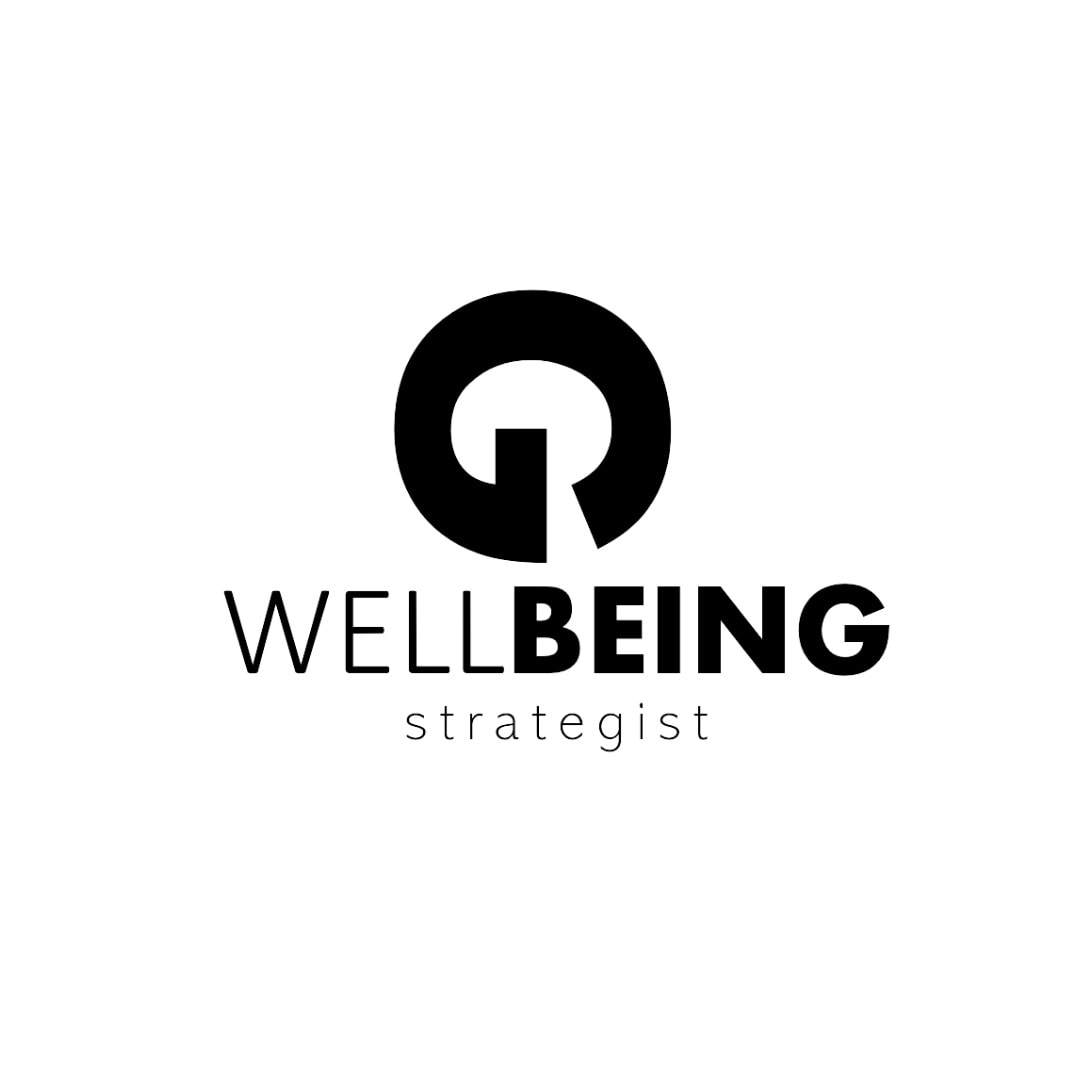As a successful executive who runs a business day and night, you have achieved financial success and a lifestyle that many can envy. However, with that success comes responsibility and pressure, which can lead to executive burnout.
Burnout is not just stress or exhaustion, but a more severe condition that affects your physical and mental health, relationships, and overall quality of life. In this article, I will discuss what executive burnout is, how to recognise signs of burnout, and how to overcome it.
Understanding Executive Burnout

What is Executive Burnout?
Executive burnout is a state of chronic physical and emotional exhaustion caused by prolonged and unmanaged stress among leaders and decision-makers. It can affect anyone in a high-pressure job, including small business owners, executives, and entrepreneurs.
Burnout is different from stress, which is a natural response to a demanding situation. While stress is temporary, burnout is persistent and can lead to physical and mental health problems such as anxiety, depression or suicidal attempts.
Causes of Executive Burnout
The causes of executive burnout can vary and may include high workloads, long hours, poor work-life balance, lack of support or recognition, conflicting demands, and work-related stress.
A study by the Harvard Business Review found that the top five causes of burnout were workload (work hours, workload, and deadlines), lack of control (limited autonomy, decision-making authority), reward (salary, recognition, and promotion), community (social support at work), and fairness (equity and justice in the workplace).
Common Causes of Executive Burnout
While burnout can happen to anyone, executives and business owners often face unique demands that only worsen its effects. From gruelling work schedules and harsh performance expectations to complex challenges and the need to balance work and life, many factors can contribute to burnout.
Workload and Deadlines
According to a Statista survey, heavy workloads account for 39% of workplace stress and are a major cause of burnout. Factors contributing to heavy workloads include a shortage of employees, overburdening skilled individuals, and relying too heavily on software that may not meet expectations. These issues can significantly impact executive productivity and well-being.
Lack of Control and Autonomy
When individuals feel they have little control over their work and are unable to make decisions that affect their job performance, it creates a feeling of helplessness. This lack of control over one’s own professional life can lead to increased stress, frustration, and ultimately, emotional exhaustion.
Without autonomy and the ability to take on leadership roles, individuals may feel trapped and overwhelmed, unable to align their work with their personal values and goals. This disconnection can erode their motivation, engagement, and overall well-being, making them more susceptible to burnout.
Community Support and Social Factors
Social interactions have a significant impact on individuals, both in the office and those working from home, when it comes to developing burnout. Building strong relationships, fostering a sense of belonging, and combating feelings of loneliness can help prevent burnout and promote well-being in the workplace, regardless of the work environment.

The Causes of Executive Burnout & The Impact on Professionals
Research has shown that executive burnout can have severe consequences on an individual’s personal and professional life. One of the most concerning outcomes is suicide, as a study published in the Journal of Occupational Health Psychology found that burnout increases the risk of suicidal ideation and attempts. The international classification of diseases recognizes burnout as a syndrome resulting from chronic workplace stress that has not been successfully managed.
Furthermore, executive burnout can lead to financial loss and deterioration of business performance. A study by Gallup found that burned-out employees were 63% more likely to take a sick day and 2.6 times as likely to be actively seeking a different job.
Additionally, a study by the Harvard Business Review found that burned-out employees were 22% more likely to make mistakes, resulting in a negative impact on financial loss and damage to a company’s reputation.
Do you have questions about burnout recovery and want professional opinion on how to reduce your burnout rate? Let’s talk. Book your free discovery call to discuss your needs.

Do you have questions about burnout recovery and want professional opinion? Let’s talk. Book your free discovery call to discuss your needs.
Personal Consequences of Executive Burnout
Professional Consequences of Executive Burnout
Financial Loss and Business Performance
Case study-Sarah’s story
Sarah’s life became a cycle of relentless work as her marketing agency thrived. Consumed by the growing demands and unable to trust that anyone can do the job the same way, she was not able to delegate, therefore she was used to working through the night, neglecting meals, and refusing time off. The relentless pressure drove her to the brink, causing her physical and mental health to crumble.
Chronic fatigue plagued her, accompanied by crippling headaches, anxiety, and depression. Sarah’s absence was inevitable, a desperate attempt to recover from the burnout that gripped her. Yet, her business was left in disarray, devoid of proper leadership.
Chaos ensued as the workflow faltered, client relationships shattered, and the agency’s stability crumbled. Clients vanished, revenue plummeted, and Sarah’s empire, which she build with years of hard work, crumbled in the face of relentless burnout.

Recognising the Signs of Executive Burnout
The signs of executive burnout may seem harmless at first, like a strong work ethic and desire to succeed, driven by a strong need to prove oneself (often not realised).
It’s hard to detect that something is wrong, especially when everyone around is behaving in the same way, creating pressure, a competitive vibe and the general feeling of being too busy, which is glorified or normalised.
Some of the most common signs of executive burnout are physical symptoms, emotional and behavioural changes and a decrease in performance and efficiency.
Physical Symptoms of Leadership Burnout
Emotional and Behavioural Indicators of Executive Burnout
Decreased Efficiency and Performance
One symptom to look out for is reduced efficiency, which can look like feeling worthless, incompetent, self-doubting, struggling to stay on top of things and delivering quality work that is not up to your usual standards.

Strategies to Treat Executive Burnout
Burnout isn’t something which goes away on its own, therefore intervention is necessary if you want to save your health and wellbeing and continue your professional activities.
Treating leadership burnout requires a multi-faceted approach that addresses the root causes of burnout. Remember that it all starts in our head, and to see different behaviours, you need to have different thoughts, therefore working on your mindset should be the priority.
Seeking Professional Help and Therapy
When it comes to dealing with burnout, it’s important to reach out for professional help instead of doing it alone. Professionals are trained to understand your unique situation and can offer the guidance and support you need.
Trying to handle burnout on your own may prolong your recovery or make your symptoms worse. Without professional intervention, you may experience chronic exhaustion, failed projects, strained relationships, and potential long-term health issues.
By prioritising professional assistance, you’ll be on a more effective and sustainable path to recovery. Remember, you don’t have to face burnout alone — help is available! Learn more about HAPPY CEO PROGRAM, that transforms the mindsets of successful professionals.
Making Lifestyle Changes
By addressing the underlying causes and implementing healthier habits, individuals can effectively recover from burnout and prevent its recurrence.
Lifestyle changes involve modifying various aspects of your daily routine, habits, and overall approach to life. One of the key elements of this process is recognizing the role of habits in contributing to burnout. Habits are deeply ingrained patterns of behavior that we engage in automatically and regularly. They can either support our well-being or detract from it.
Read more about lifestyle changes and Lifestyle Business in my book “ Burnout Recovery Guide For Female Entrepreneurs.”
Developing a Supportive Network
Enhancing Work-Life Balance
Research shows that a balanced lifestyle leads to lower stress levels, increased productivity, and improved mental well-being. By setting boundaries, prioritizing self-care, and engaging in fulfilling activities outside of work, we can recharge and maintain our overall satisfaction and effectiveness.
Implementing Stress Management Techniques
![]()
 Stress management techniques, such as mindfulness meditation, gong baths, exercise, and deep breathing, have been scientifically proven to reduce the physical and emotional symptoms of burnout. These techniques can lower levels of cortisol, the stress hormone, and increase feelings of calm and relaxation. Implementing these techniques regularly can help individuals manage stress more effectively and build resilience to prevent burnout in the future. With consistent practice, stress management techniques can promote a healthier, more balanced lifestyle and help individuals overcome burnout
Stress management techniques, such as mindfulness meditation, gong baths, exercise, and deep breathing, have been scientifically proven to reduce the physical and emotional symptoms of burnout. These techniques can lower levels of cortisol, the stress hormone, and increase feelings of calm and relaxation. Implementing these techniques regularly can help individuals manage stress more effectively and build resilience to prevent burnout in the future. With consistent practice, stress management techniques can promote a healthier, more balanced lifestyle and help individuals overcome burnout
One strategy is seeking professional help, such as talking to a therapist or counsellor who specialises in burnout. Making lifestyle changes such as getting enough sleep, exercising, delegating tasks and managing expectations will also contribute to burnout recovery.
It is important to find the right treatment plan for you as each person has individual needs, and experiences burnout differently.
The Difference between Stress and Burnout- What You Need to Know
While stress and burnout are often used interchangeably, they are two distinct conditions.
The body’s stress response evolved to help humans deal with immediate threats by activating the “fight or flight” response, which triggers the release of stress hormones, such as cortisol and adrenaline into the bloodstream.
These hormones prepare the body for action by increasing heart rate, blood pressure, and respiration, while suppressing digestion and other non-essential functions. It is a normal reaction of our body, helping us manage challenging and threatening situations as it increases our alertness and performance. It can be useful when we have a project or assignment to complete as it makes us focused and enhances our problem-solving ability.
Burnout, on the other hand, is a more severe and chronic state of emotional, physical, and mental exhaustion caused by prolonged, excessive and unmanaged stress.
Burnout is described as “syndrome” that results from “chronic workplace stress that has not been successfully managed,” according to the World Health Organization’s International Disease Classification (ICD-11) — the official compendium of diseases.
The common symptoms of burnout include fatigue that can’t be managed by simply taking time off, feeling hopeless, and useless, and feeling like you have nothing to give anymore.

The Importance of Self-Care and Wellbeing
Prioritising Self-Care for Business Success
Individuals who engage in self-care practices, such as regular exercise, mindfulness, and adequate sleep, are more resilient and better equipped to handle workplace stressors, ultimately leading to increased business success.
The Role of Wellbeing in Achieving Personal and Professional Goals
As a leader, taking care of your wellbeing is not just essential for your personal health, but also for the success of your business. To avoid burnout and achieve your goals both professionally and personally, consider the support of a Wellbeing Strategist.
With the Happy CEO method, you can experience changes in your life sooner rather than later. Don’t let burnout limit your potential, invest in yourself and your business by prioritising your wellbeing.
There is no need to go through entrepreneurial burnout on your own, learn more about the easy way, the Happy CEO way.





